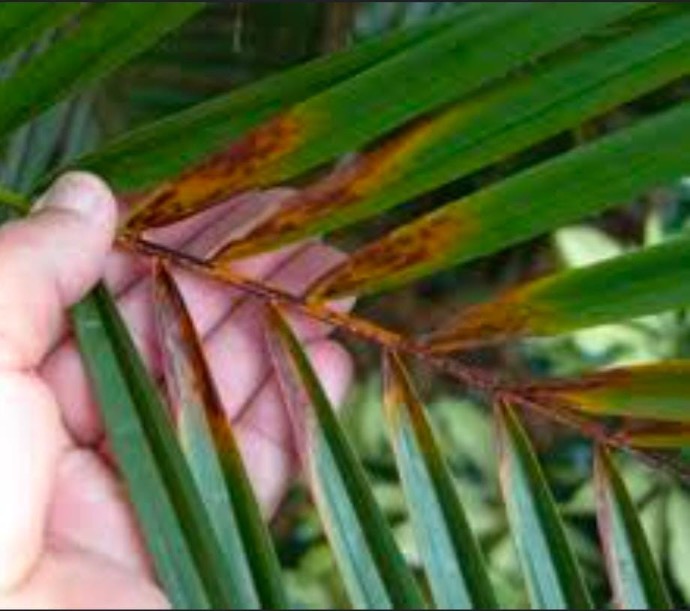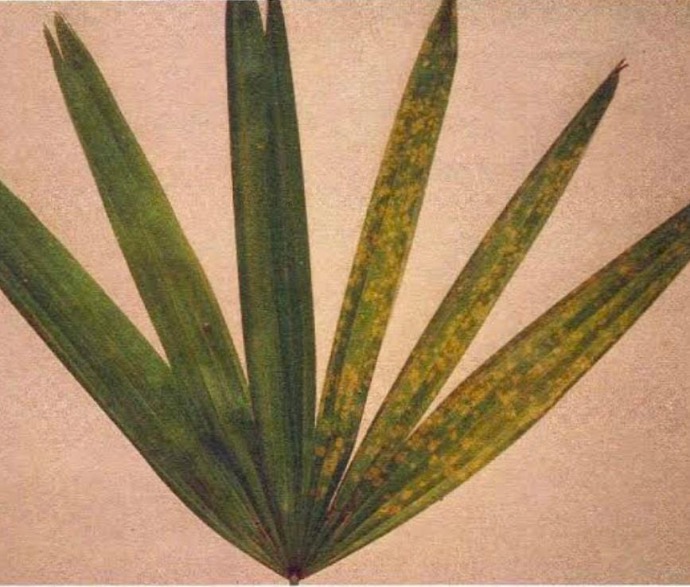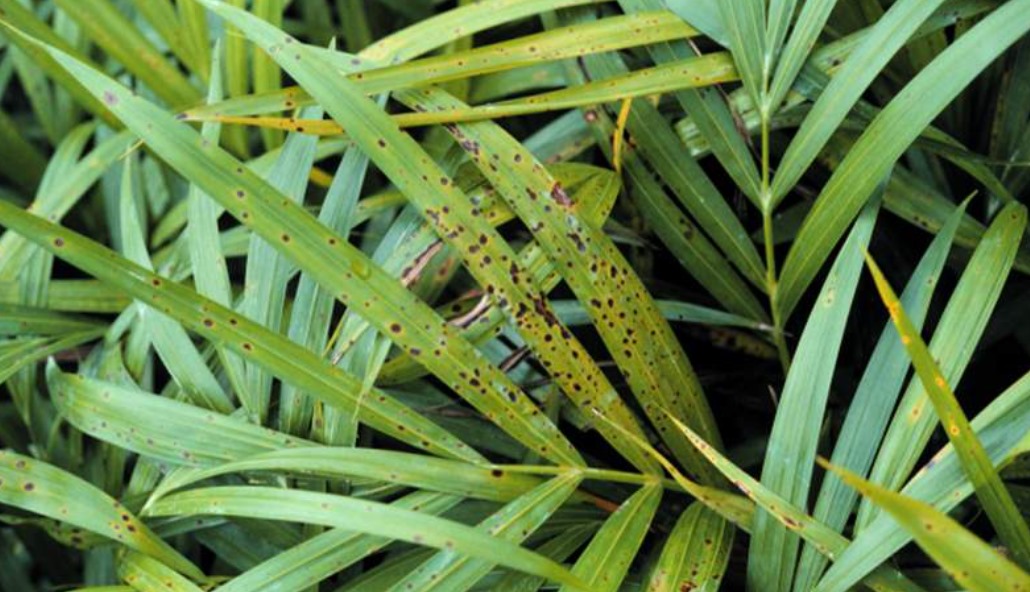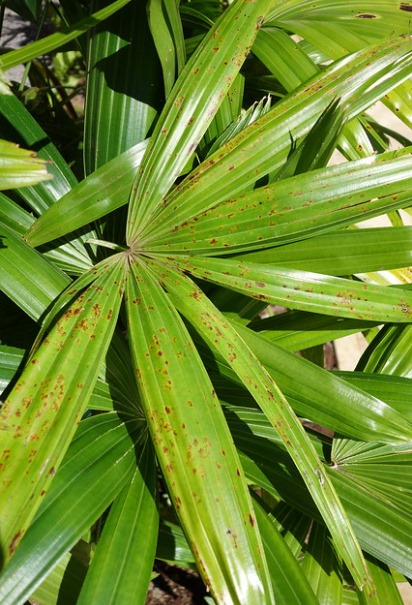Lady palm Plant
Lady Palm, also known as Rhapis excelsa, is an indoor palm with fan-like leaves. Plant in well-draining soil and provide bright, indirect light. Allow the soil to partially dry between waterings. Pruning can be done to remove old or yellowing leaves.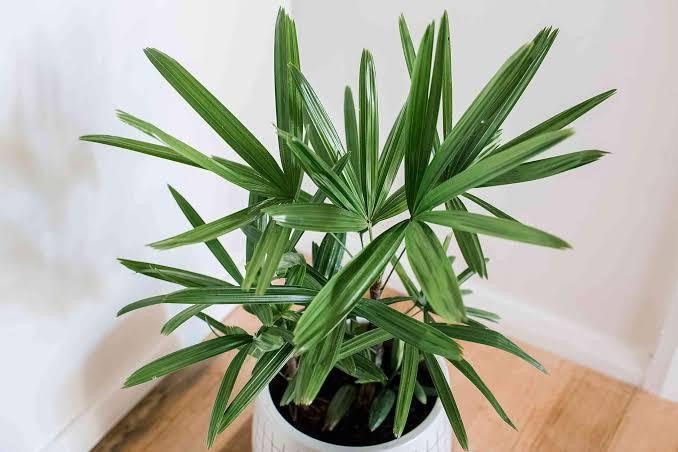
Habit
Palm
Height
1-1.5 meters
Growth
slow
Soil
Well-drained, loamy soil
Shade
Indirect light to shade
Moisture
Moist
Edible
No
Medicinal
No
Origin
Southeast Asia
Climatic Condition
Tropical, subtropical
Temperature (°)
20-30
Humidity (%)
60-80
Potting media
Standard potting mix
Fertilizers
Balanced slow-release
Watering
Moderate
Plant Weight
1-2 kg
Flowering Time
Year-round
Soil Ph level
5.5-6.5
Water Ph level
6.0-7.0
Soil EC
0.3-0.4 mS/cm
Yield Per Plant
Low
NPK ratio
10:10:10
life Span
10+ years
Health Benefits
Air purifying, decorative, stress relief
Suggested Grow Media or Potting Mix ?
50% loamy soil, 30% compost, 20% sand
Suggested Fertigation/Fertilizers
Fertilize every 4 weeks with a balanced fertilizer.
Common Diseases and Remedies
Pastel otiopsis leaf spot , pseudo cercospora leaf spot
small yellow , brown to black spots , palm could be affected by leaf spots .
diseased leaves should be pruned ., sanitation and removal of infected leaves .
HEALTH BENEFITS
Primarily an air-purifying plant with no known medicinal benefits.
What Is An Lady Palm Tree?
Lady Palm is an elegant and hardy plant species native to Asia, particularly China and Japan. The slender bamboo-like stems adorned with dark green fan-shaped leaves add elegance to any indoor or outdoor space. Lady palms have become a popular choice for indoor cultivation, as they not only improve aesthetics but also help purify indoor air thanks to their ability to grow in low-light conditions and tolerate a wide range of temperatures. .
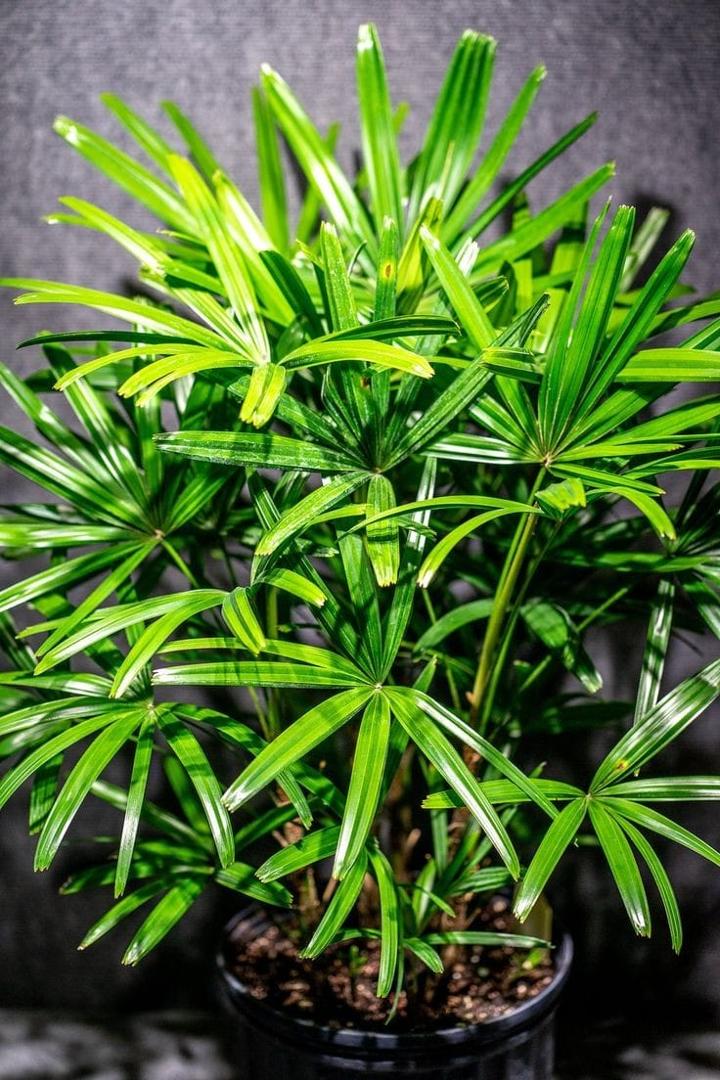
What Are The Different Types Of Lady Palm Plants?
1. Rhapis Excelsa
A standard species of lady palm, characterized by its slender stem and fan-shaped dark green leaves.
2. Rhapis Excelsa 'Variegata'
This variety has variegated leaves with bright green or creamy white stripes or spots. It gives the plant a special visual dimension.
3. Rhapis humilis
Also known as Slender Lady Palm, this species has slender stems and narrow leaf sections compared to the standard Rhapis excelsa.
4. Rhapis multifida
This variety has deeply divided leaves, giving it a more feathery appearance compared to the typical fan-shaped leaves of other lady palms.
5. Rhapis subtilis
Also known as the dwarf lady palm, this species' small stature makes it suitable as an accent plant in small indoor spaces or garden landscapes.
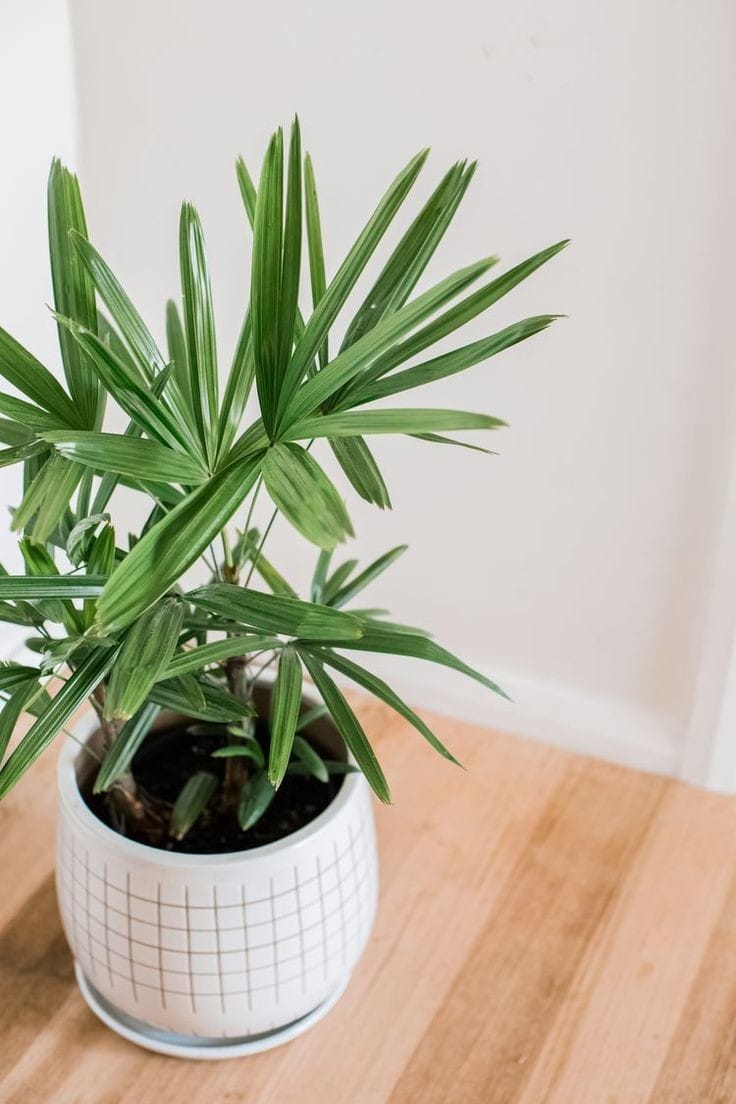
How to Care Lady Palm Trees ?
1. Location
Choosing a suitable location for growing a lady palm is very important for its health and appearance. These plants thrive in indirect sunlight or partial shade, making them ideal for indoor spaces with bright, filtered light. It is best to place the lady palm near a window that receives indirect sunlight for several hours a day. However, it can also adapt to lower lighting conditions, making it suitable for offices and rooms with little natural light. When grown outdoors, lady palms prefer a shady or partially shaded location.
2. Sunshine
Lady palms grow best in indirect sunlight or partial shade. If you're growing a lady palm indoors, it's best to place it in a location that receives bright, filtered light. Placing it near a window with sheer curtains or in a room with east or north windows usually provides the ideal amount of sunlight. However, Lady Palms are versatile and can adapt to low lighting conditions, making them ideal for rooms with little natural light. B. An office or room away from windows.
3. Soil
Lady Palm grows in well-drained soil that retains moisture without causing waterlogging. A high-quality peat-based potting mix with good drainage is ideal for indoor cultivation. Adding perlite or sand will further improve drainage and prevent soil compaction. If you're planting your lady palm outdoors, choose a location with well-drained, loamy soil that retains some moisture. Treating the soil with organic materials such as compost and old manure improves its texture and fertility.
4. Hydration
Hydration is essential to the health and vitality of the lady palm and ensures the maintenance of its lush foliage and graceful appearance. These plants are relatively drought tolerant, but require regular watering to thrive. When watering lady palms, it is important to allow the soil to dry out slightly between waterings to avoid waterlogging, which can cause root rot. Check the moisture level of the soil by inserting your finger about 1 inch into the soil. If it feels dry, it's time to water. When watering, keep the soil moist enough so that excess water drains freely through the pot's drainage holes.

5. Nourishment
Nutrition is essential for optimal growth and health of the lady palm, growing vibrant leaves and maintaining resilience to environmental stress. Lady palms are relatively low-maintenance plants, but they benefit from occasional fertilization to replenish necessary nutrients. When it comes to lady palm care, a balanced, water-soluble houseplant fertilizer is recommended. Fertilize your lady palm during the growing season (usually spring and summer) according to the instructions on the fertilizer label.
6. Issues
Although Lady Palms are generally resilient, they can face some common problems that can affect their health and appearance. A common problem is overwatering, which can lead to root rot and other fungal diseases. To avoid this, it is important to let the soil dry out a little between waterings and improve drainage. Another problem is lack of water, which can cause the leaves to turn brown and dry. You can prevent this problem by regularly checking soil moisture levels and watering when necessary. Lady palms are also susceptible to pests such as spider mites, scale insects, and mealybugs.
What are the Benefits of Lady Palm ?
Like many other houseplants, Lady Palm helps improve indoor air quality by filtering pollutants and toxins (such as formaldehyde, benzene, and trichloroethylene) from the air. Lady palms release moisture into the air through a process called transpiration, which helps increase indoor humidity. This is especially beneficial in dry environments and during the winter months when indoor air tends to be dry. Research shows that interacting with houseplants like lady palms can reduce stress, anxiety, and fatigue, which in turn improves mood and overall sense of well-being.
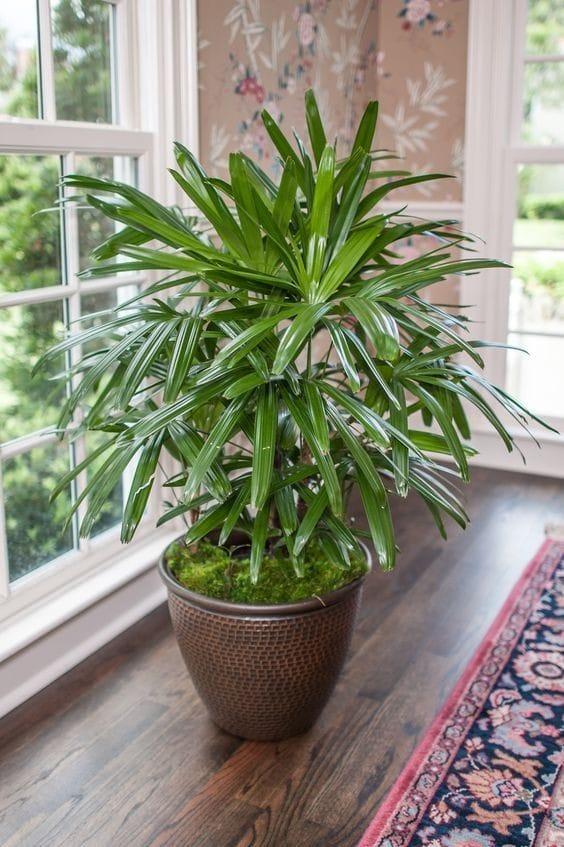
FAQs About Growing Lady Palm
1. How often should I water my Lady Palm ?
Lady Palms prefer slightly moist soil, but are susceptible to root rot if overwatered. Water thoroughly when the top inch of soil feels dry, usually every 1 to 2 weeks, depending on environmental conditions.
2. Can Lady Palms be grown in low light conditions ?
Yes, Lady Palms can tolerate low light conditions, making them suitable for indoor spaces with limited natural light. It grows in bright indirect sunlight, but can also adapt to shady locations.
3. Should a woman's palm be fertilized ?
Lady palms benefit from occasional fertilization during the growing season (spring and summer). Dilute a balanced water-soluble fertilizer to half strength and apply every 4 to 6 weeks.
4. What should I do if my lady palm leaves turn yellow ?
If your palm leaves turn yellow, it can be a sign of overwatering, underwatering, or nutritional deficiencies. Adjust your watering habits, ensure proper drainage, and consider fertilizing if needed.
5. Are Lady Palms toxic to pets ?
Lady Palms are non-toxic to dogs and cats, so they are safe to have around pets. However, ingesting large amounts of plant material can cause gastrointestinal upset. Therefore, it is best to prevent your pet from chewing on the leaves.
